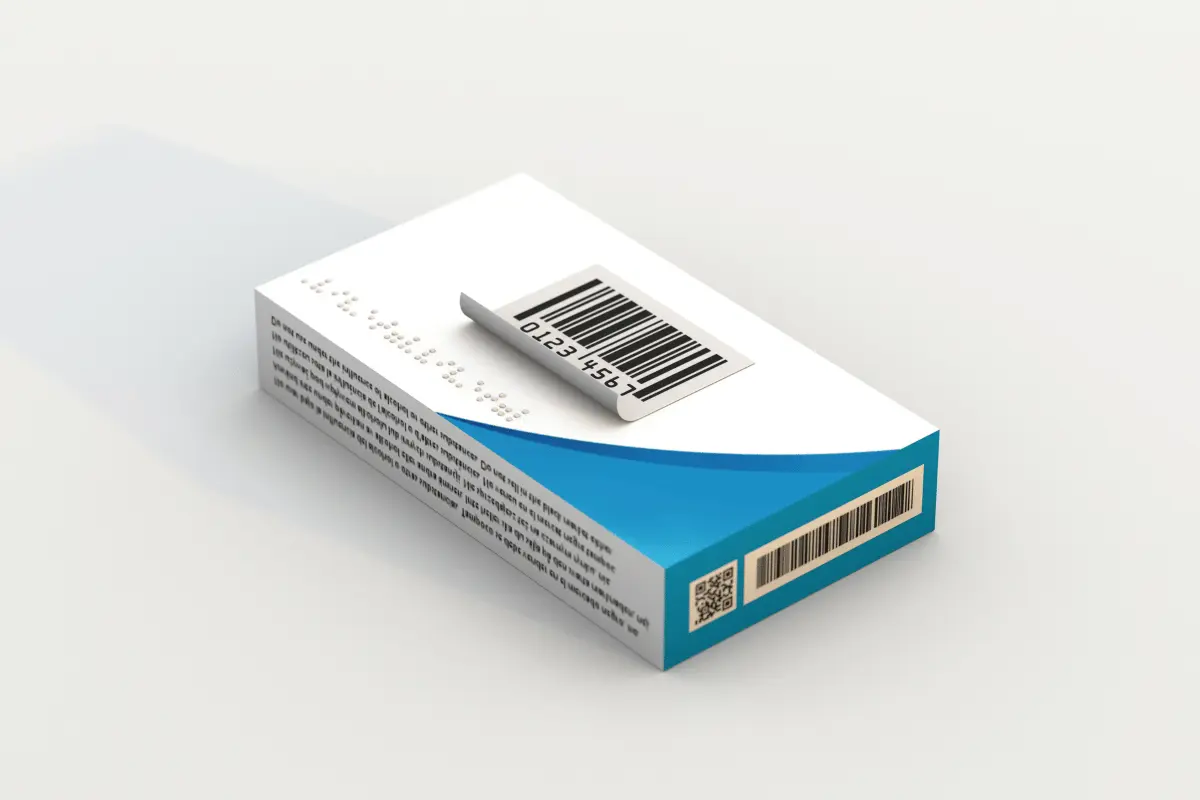Smart packaging is revolutionizing the way we think about product packaging. Gone are the days of plain, static boxes and containers. Now, technology has breathed new life into these humble vessels, turning them into dynamic and interactive tools that enhance our everyday lives.
From intelligent labels to augmented reality experiences, smart packaging is taking the consumer experience to a whole new level. In this blog post, we’ll explore everything you need to know about smart packaging – its types, benefits, and how you can use it to your advantage in today’s fast-paced world.
What is Smart Packaging?
Smart packaging refers to the integration of technology and innovative features into traditional product packaging. It goes beyond just being a means of containing and protecting goods. It adds value by providing additional functionalities, information, or interactive experiences for consumers.
Smart packaging offers benefits like heightened safety, real-time monitoring, consumer convenience, efficient supply chains, and personalized brand-customer interactions.
Different Types
One type of smart packaging is active packaging, which incorporates elements that actively interact with the packaged product. For example, this could include oxygen absorbers or moisture control packets to maintain freshness and quality.
Another type is intelligent or interactive packaging, which includes features such as QR codes or NFC tags that can be scanned by consumers using their smartphones. This helps them sometimes to track their product journey from the manufacturing stage all the way to their doorstep or to learn more about the product before purchase.
Smart packaging also includes passive or static packaging. This type of packaging does not incorporate any active features, but it can still be interesting and engaging for consumers. For example, some packages feature 3D images or animations that can be viewed.
Furthermore, there is also time-temperature indicator (TTI) packaging. This type includes indicators that change colour or display a message when exposed to certain temperatures for a specified duration. TTI helps ensure food safety by alerting consumers if the product has been mishandled during storage or transportation.
Benefits
Smart packaging offers a wide range of benefits for both consumers and businesses. One major advantage is its ability to enhance product safety and security. With smart packaging, companies can implement features such as tamper-evident seals or anti-counterfeit measures, ensuring that the product reaches the consumer in its original condition.
Additionally, it can provide real-time information about the product’s condition and quality. For example, sensors embedded in the packaging can monitor temperature or humidity levels, alerting consumers if there are any issues that may affect the product’s integrity.
Another benefit is improved convenience for consumers. Imagine being able to scan a QR code on your food package and instantly access detailed nutritional information or cooking instructions! Smart packaging enables this kind of interactive experience, making it easier for consumers to make informed decisions about their purchases.
Finally but not least, from a business perspective, smart packaging can also help streamline supply chain operations. By tracking packages throughout their journey using RFID technology or other tracking systems, companies can gain valuable insights into logistics efficiency and inventory management.
How to Use Smart Packaging?
Smart packaging offers a wide range of possibilities for businesses looking to enhance their products and engage with customers on a whole new level. Here are some practical ways you can leverage it to your advantage.
1. Interactive experiences: Incorporate QR codes or augmented reality elements on your packaging, allowing consumers to scan and unlock interactive content such as product information, videos, or games. This not only enhances the user experience but also provides valuable data insights.
2. Product tracking: Utilize smart sensors and RFID tags embedded in the packaging to track the location and condition of products throughout the supply chain. This helps streamline logistics operations, reduce losses, and ensure timely delivery.
3. Personalized promotions: Leverage smart packaging technology to deliver targeted promotions directly to consumers’ smartphones based on their purchasing behaviour or preferences. By tailoring offers specifically for them, you can boost customer loyalty and drive repeat purchases.
4. Authenticity verification: Integrate anti-counterfeiting measures into your packaging. Use technologies like tamper-evident seals or NFC tags that allow consumers to verify the authenticity of your products easily.
5. Sustainability monitoring: Implement smart sensors in your packaging materials to monitor environmental factors such as temperature or humidity levels during transportation or storage processes. This ensures product quality is maintained while minimizing waste and optimizing resource usage.
Conclusion
In this era of technological advancements, it is clear that smart packaging is revolutionizing the packaging industry. It offers real-time data tracking, better consumer experiences, enhanced product safety, and waste reduction.
If you’re looking to take your business to the next level, consider integrating smart packaging into your product development process. By implementing innovative technologies like QR codes and augmented reality, you can create unique and engaging user experiences.



